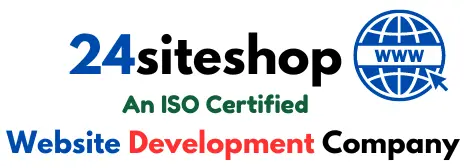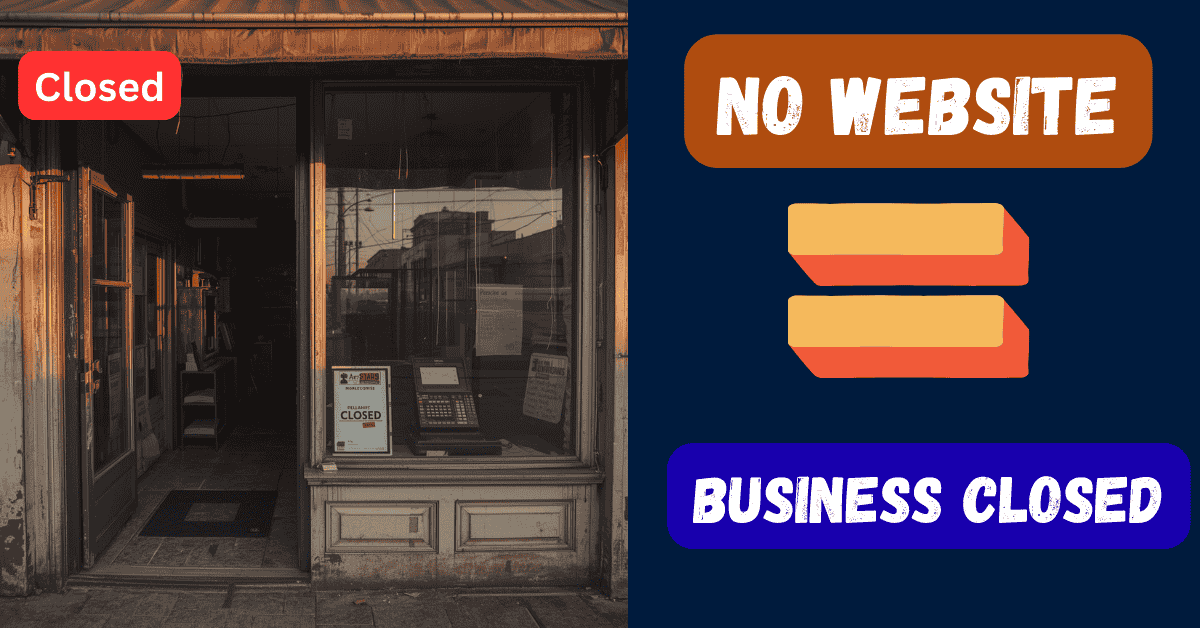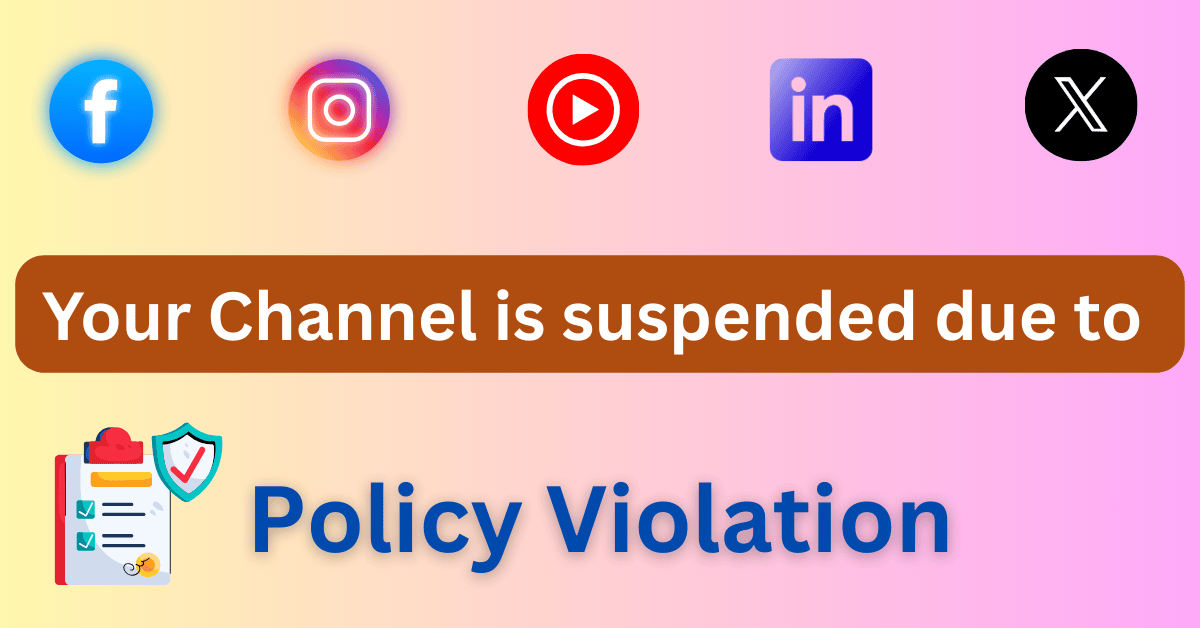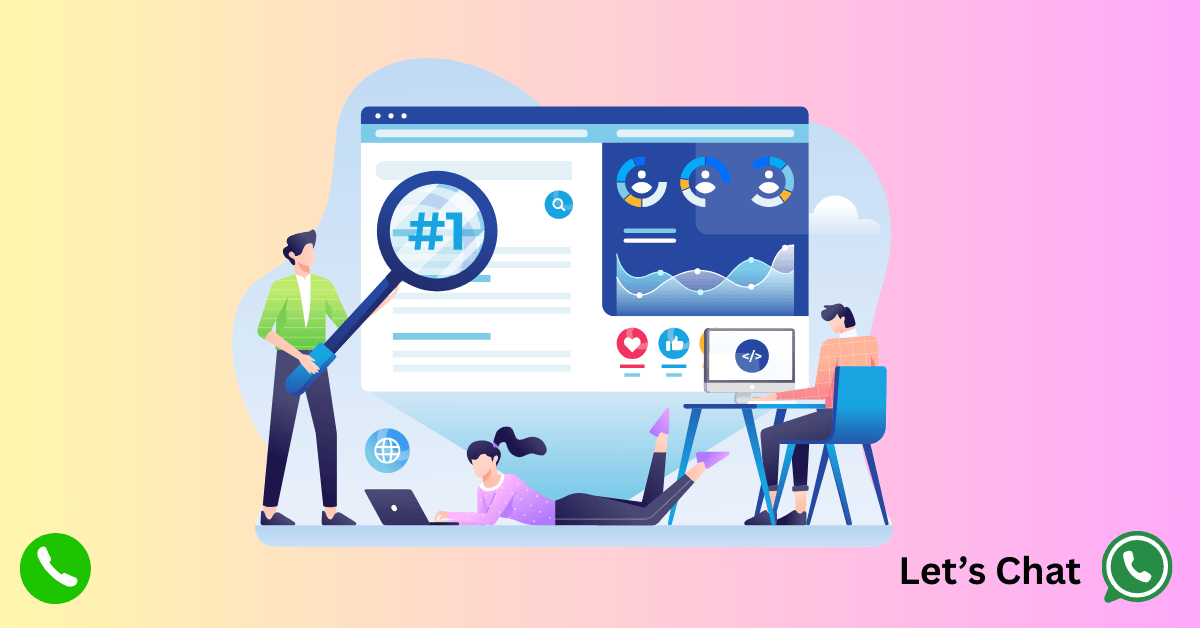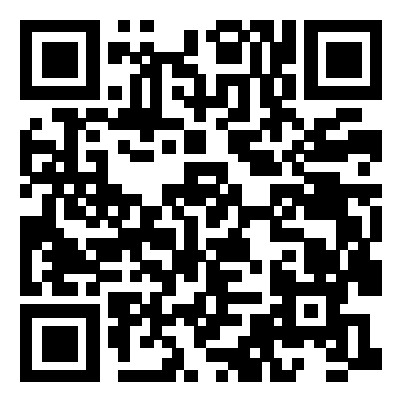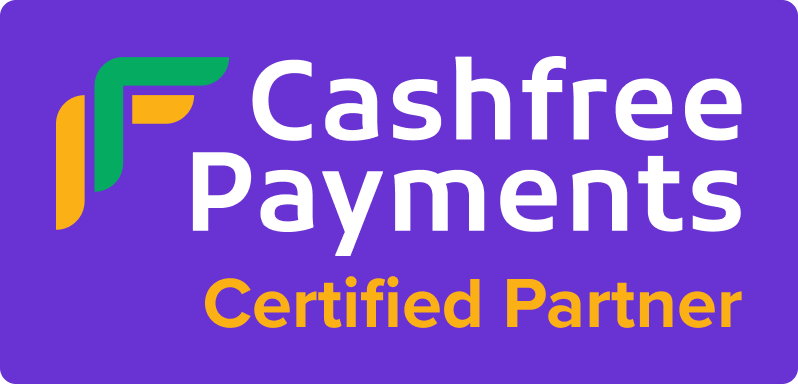Talent, partners, and press care about your site too
A sharp Careers page attracts better applicants because it communicates culture, growth, and clarity. A Media/Press page with brand assets and facts makes it easy for journalists and collaborators to reference you. Speaking invitations, backlinks, and partnerships often start with “We visited your website…”
Real-world micro-stories
The boutique that leveled up: A local boutique launched a clean, fast site with WhatsApp chat and size guides. In 90 days, online orders matched in-store revenue. Their Instagram stayed important—but the site captured intent that social never could.
The consultant who stopped leaking leads: A marketing consultant moved from DMs to a site with a calendar link, case studies, and a “Book a 20-minute audit” CTA. No more back-and-forth scheduling; show-up rates and average project value climbed.
The clinic that owned local search: A small clinic added service pages, doctor bios, FAQs, and a “Book Appointment” button tied to reminders. They started appearing for “clinic near me,” cut no-shows, and filled weekday slots.
None of these wins required millions of followers—just a focused website and consistent optimization.
Simple ROI math (why it pays for itself)
Assume your site gets 2,000 monthly visitors and converts at 2%. That’s 40 inquiries. If just 10 become customers at an average of ₹12,000, you’ve added ₹1,20,000 in revenue. Small improvements—faster pages, stronger copy, better CTAs—can lift conversion another 0.5–1.5%. The math compounds.
A practical blueprint to launch or upgrade now
Clarify your offer: one-line value proposition, who you serve, outcomes.
Ship the core pages: Home, Services (with pricing anchors), Portfolio/Case studies, About, Reviews, Blog (optional), Contact.
Design for action: one persistent CTA (WhatsApp, book a call, get a quote).
Wire basic automations: form → CRM → email/WhatsApp sequence → calendar.
Install analytics + pixels: measure everything and build retargeting pools.
Optimize speed: compress images, cache, use a CDN, minimize heavy scripts.
Add trust: policies, certifications, awards, client logos, media mentions.
Publish one strong article a week: answer real buyer questions.
Connect your Google Business Profile: consistent NAP, categories, photos, reviews.
Iterate monthly: A/B test headlines, buttons, layouts; remove friction; add proof.
FAQs
Isn’t social media enough for a small business?
No. Social platforms are discovery channels you don’t control. Your website is the conversion and ownership layer that compounds value.
What if I get most customers via word-of-mouth?
Great—now give those referrals a place to land, learn, and take action. A website turns warm interest into booked calls and paid orders.
How long until I see results?
With a focused site and local SEO, many businesses see meaningful wins in 60–120 days. Targeted ads to conversion-ready pages work even faster.
I’m not “techy.” Will a simple site still help?
Absolutely. Clean, fast, clear beats flashy. Start lean, then extend with bookings, payments, and automations as you grow.
The bottom line
Traditional word-of-mouth is still valuable, but it travels fastest through the web. Your next customer is online right now—scrolling a feed, watching a video, or searching on Google. You may not know their home address, but they have a web address, and they will check yours before they trust you.
Depending only on social media leaves your business at the mercy of shifting rules. A website gives you full control, first-party data, CRM-powered follow-ups, retargeting audiences, unlimited portfolio space, and the ability to test and improve every week. That’s why not having a website in 2025 isn’t just a minor gap—it’s a direct threat to credibility, pipeline, and profit.
Own your platform. Own your growth. Launch the site, wire the essentials, and let every social post, ad, and conversation lead back to the one place you control—your website.
